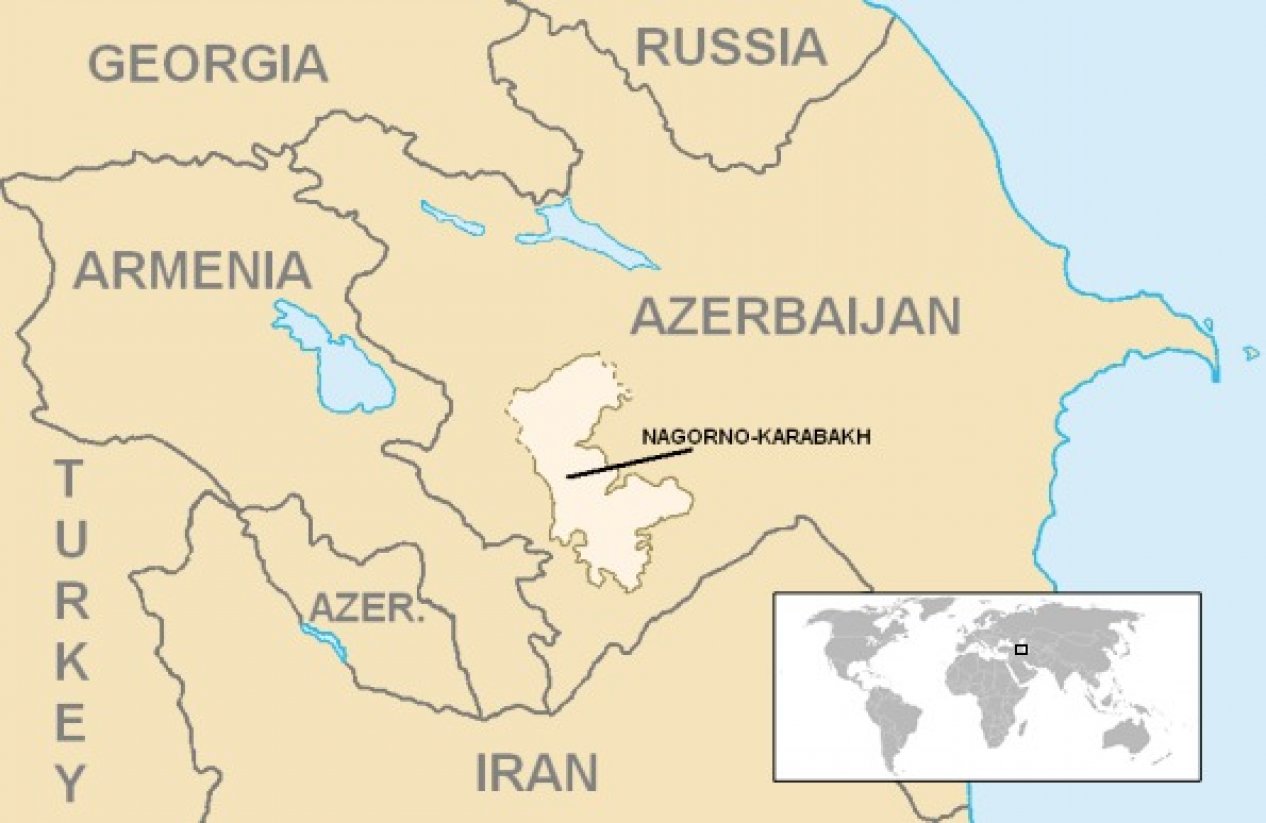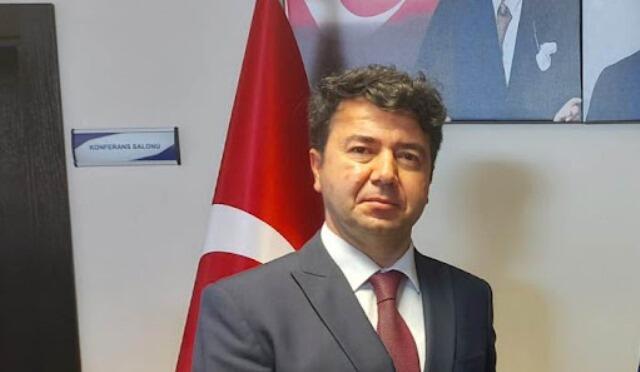
We present an interview with member of Turkey’s Ankara Bar Association, author of the book “Legal aspects of Turkey-Azerbaijan common Armenian problem: Upper Karabakh and the Declaration of November 10”, lawyer Ferhat Aznevi.

- Mr. Ferhat, what is the right of peoples to self-determination, and how is this issue reflected in international law?
- The UN General Assembly has certain decisions on the "right of people to self-determination." I would like to highlight three of these resolutions. The first is Resolution No. 1514, dated December 14, 1960, "On the Granting of Independence to Colonial Countries and Peoples." The second is Resolution No. 1541 of December 15, 1960, "On the Establishment of Friendly Relations." Here, the external aspect of the application of self-determination is regulated. In this resolution, the UN identifies the following three aspects of self-determination: "the establishment of a sovereign and independent state; unification with a free state or integration into it; or another political status freely determined by the people."
The third is Resolution No. 2625 "The Declaration on Principles of International Law concerning Friendly Relations and Co-operation among States" adopted on October 24, 1970. The declaration enshrines seven basic principles of international law, as well as the principle of "self-determination of peoples." These and other resolutions are mainly related to the independence of the colonial peoples of Africa in 1960-1970 after the Second World War. Since these peoples were independent before the colony and became a colony as a result of the occupation.
- How is the relationship between the principle of "self-determination of peoples" and the principle of "territorial integrity of states" regulated by international law?
- The Declaration on the Rights of Persons Belonging to National or Ethnic, Religious and Linguistic Minorities, adopted by the General Assembly Resolution 47/135 of December 18, 1992, states that the principle of self-determination of peoples is not included in the rights of national minorities. Ethnic, religious, and linguistic minorities may have only cultural autonomy, or the state can assure the protection of their ethnic traditions. And all this cannot harm the territorial integrity of countries. That is, according to international law, the principle of self-determination of peoples cannot contradict the principle of territorial integrity of countries and cannot harm it.

- Armenia has always spoken about the settlement of the Karabakh issue based on the principle of "self-determination of peoples." Even Ararat Mirzoyan voiced this stance during his meeting with Sergey Lavrov. To what extent do you think it is possible to apply this principle to Karabakh?
- Karabakh is an integral part of the territory of Azerbaijan recognized by international law. Therefore, as the separatists in Armenia and Karabakh claim, the region's fate cannot be decided on the basis of the "self-determination of peoples" principle, and it would contradict the basic principles of the UN, relevant conventions, and resolutions. The Karabakh region, like Ganja and other areas, belongs to the jurisdiction of the Azerbaijani state and is a region under its sovereignty. Why do we say this? To answer the question, we must look at the 1990s, when the status of the Nagorno-Karabakh Autonomous Oblast was abolished. At that time, the Constitution of the USSR, adopted in 1977, and the Constitution of the Azerbaijan SSR, adopted in 1978, were in force. According to these documents, Nagorno-Karabakh did not have the status of an autonomous state like the Nakhchivan Autonomous Republic; its autonomy was only cultural. However, when we look at the 1977 Constitution of the USSR, we clearly see that each member state had the right to abolish the autonomous status of any territory within it or give it additional rights without compromising the territorial integrity and central government of the country. Thus, the law adopted by the Supreme Soviet of Azerbaijan on November 26, 1991, on the abolition of the administrative-territorial unit of the Nagorno-Karabakh Autonomous Oblast did not contradict the 1977 USSR Constitution or the 1978 Constitution of the Azerbaijan SSR. There is no violation of the law here, and this was the sovereign right of Azerbaijan. On December 8, 1991, the three states that formed the USSR - the Russian SFSR, the Ukrainian SSR, and the Byelorussian SSR - expressed their desire to leave the USSR to official Moscow. On December 25, 1991, Mikhail Gorbachev resigned, and the USSR collapsed. The Armenian state now, referring to the decision of December 8, 1991, claims that the Nagorno-Karabakh Republic was forcibly joined Azerbaijan at that time without a referendum. But this is not true at all. Because in all the archive maps that existed in the past, Karabakh was shown as an integral part of Azerbaijan. On August 30, 1991, the Supreme Soviet of Azerbaijan adopted the "Declaration on the Restoration of the State Independence of the Republic of Azerbaijan," and the Constitutional Act on the State Independence of Azerbaijan was adopted on October 18, 1991. When Azerbaijan regained its independence, it declared itself the successor of the Azerbaijan Democratic Republic. Karabakh was an integral part of the Azerbaijan Democratic Republic. At the same time, the Azerbaijani delegation participated in the Versailles Peace Conference as a representative of an independent state. As mentioned above, by the decision dated November 26, 1991, the Nagorno-Karabakh Oblast was abolished by Azerbaijan. In other words, no referendum, autonomy, or state independence can be discussed in Karabakh, as Armenia claims. Karabakh, like other regions, is an integral part of Azerbaijan.




















